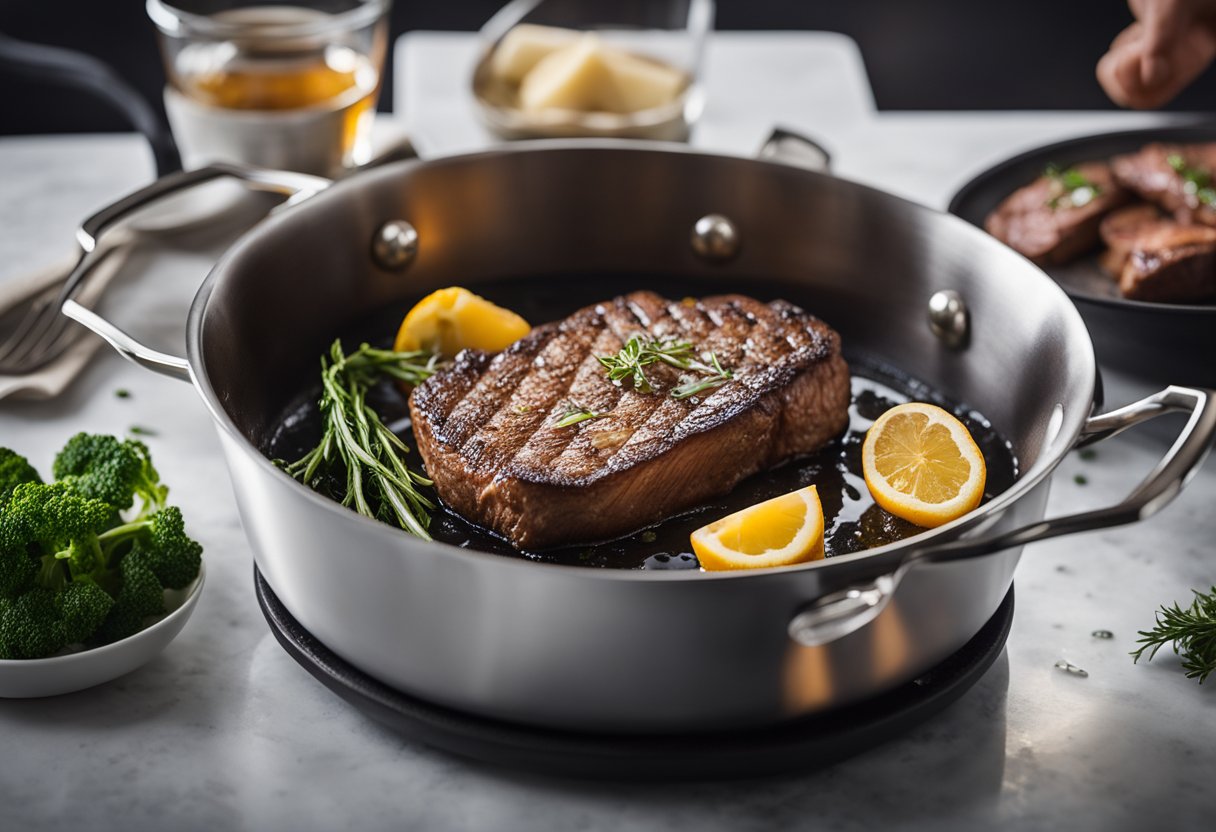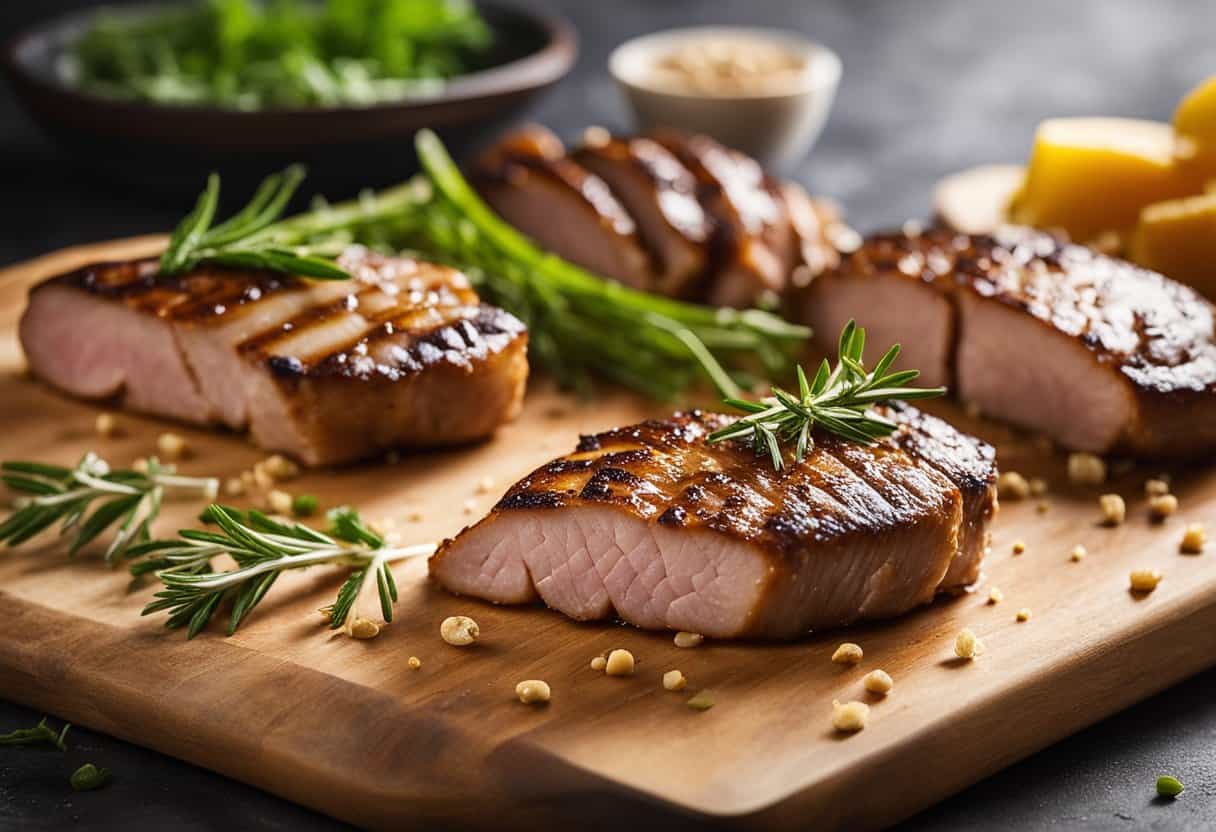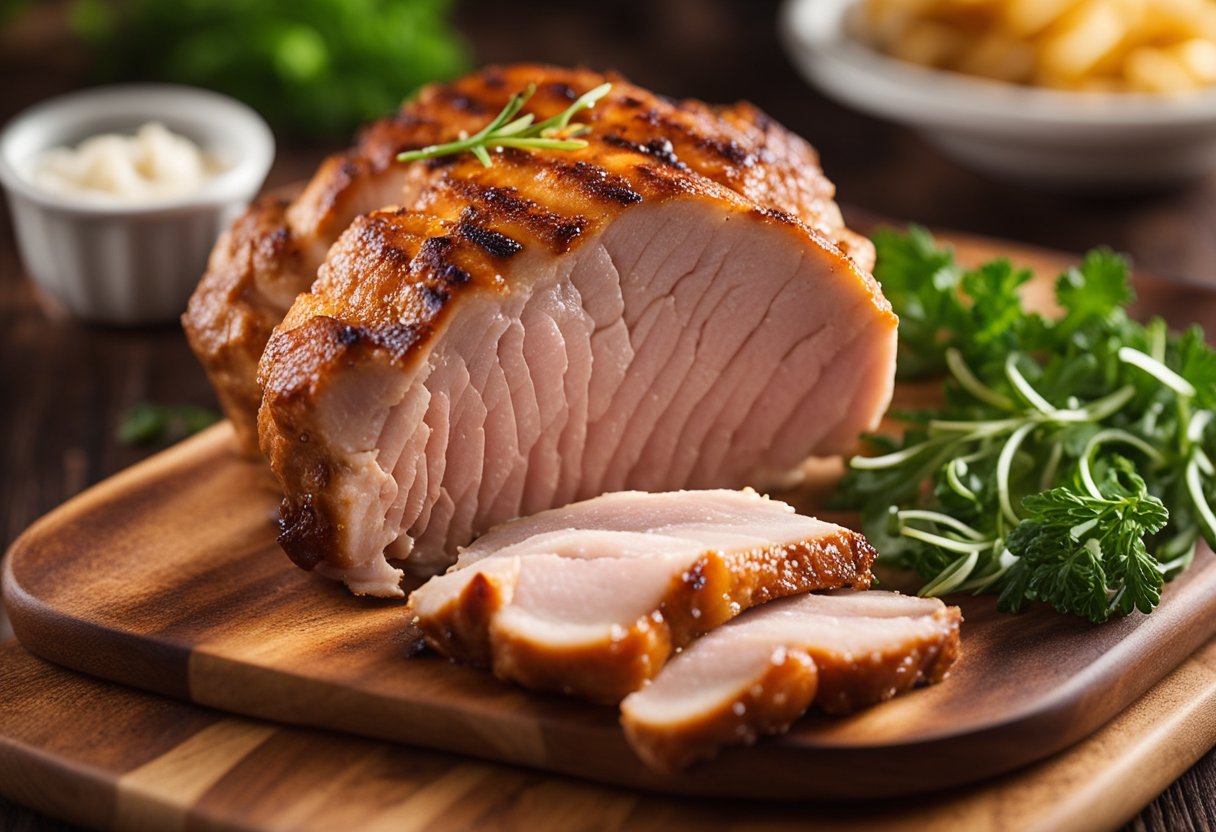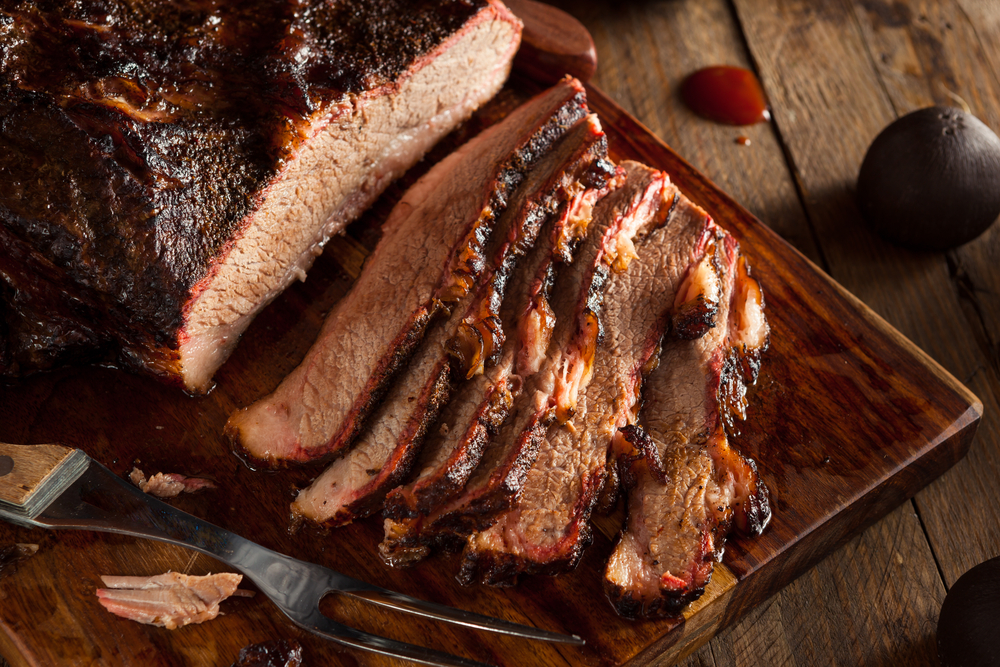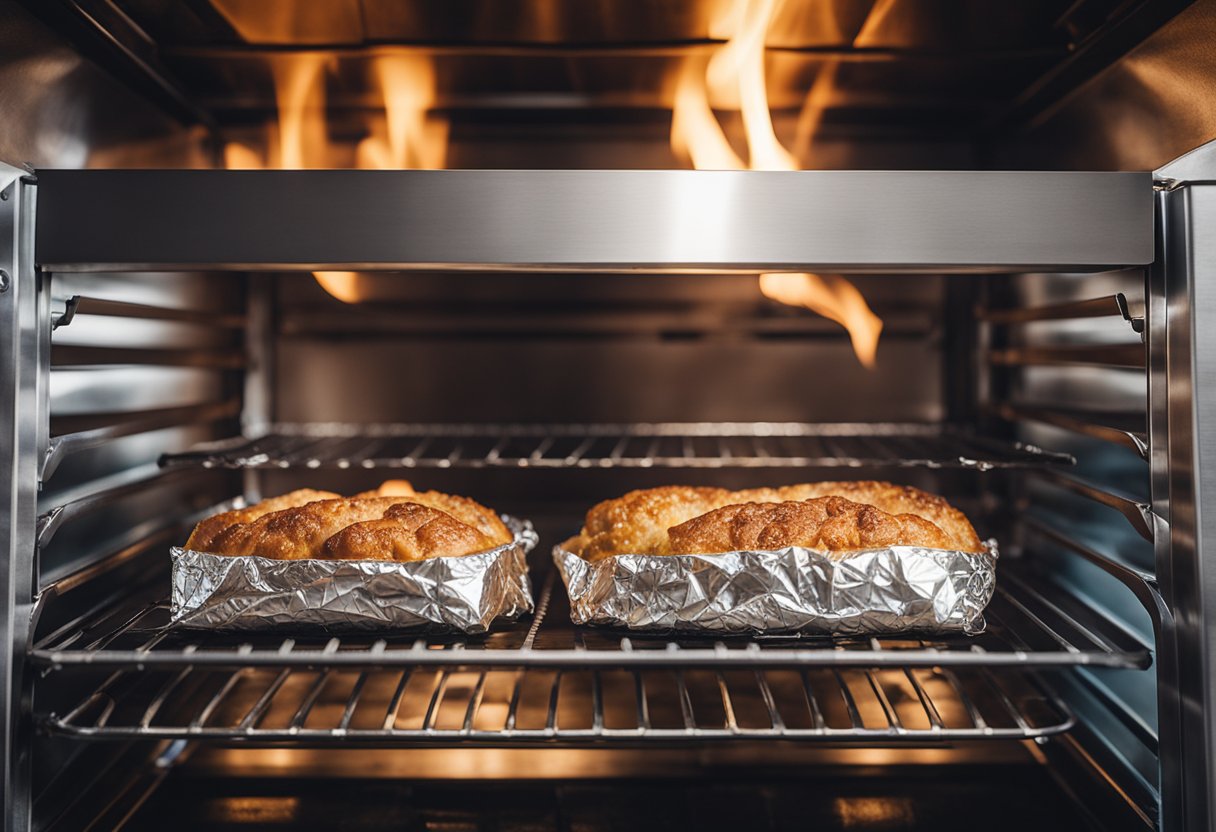Reheating beef tenderloin can be a tricky task, especially if you want to maintain its juicy and tender texture. As an expensive cut of beef, you don’t want to ruin it by reheating it improperly.
But with the right preparation and techniques, reheating beef tenderloin can be a breeze.
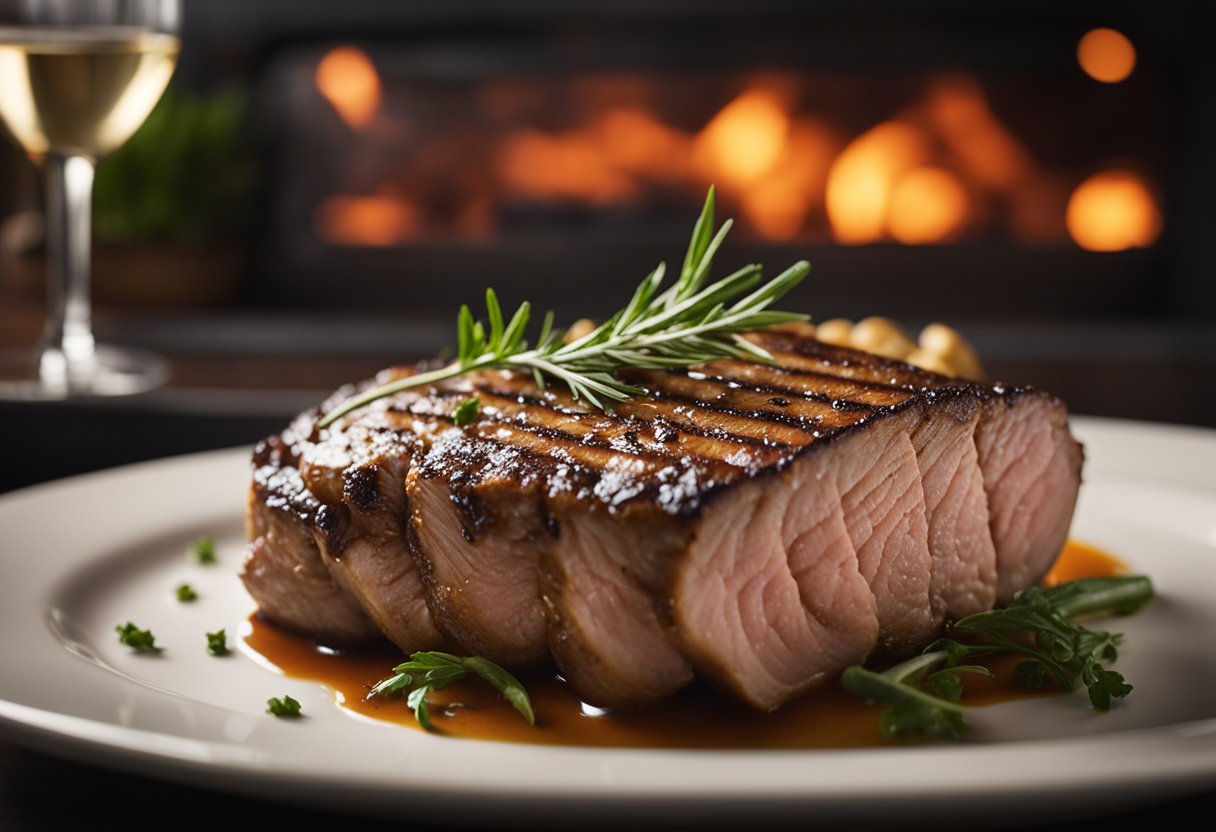
Firstly, it’s important to properly prepare the beef tenderloin for reheating. This includes storing it correctly, slicing it properly, and adding any additional seasonings or sauces.
Once prepared, there are several methods and techniques you can use to reheat the beef tenderloin, including using an oven, stove, or sous vide machine.
It’s important to choose the right method based on your preferences and the equipment you have available.
No products found.
To prevent dryness and overcooking, it’s essential to monitor the internal temperature of the beef tenderloin as it reheats. You can also add additional moisture by drizzling the meat with cooking juices or leftover stock.
Finally, to enhance the flavor and texture of the beef tenderloin, consider adding a rub or marinade before reheating.
Key Takeaways
- Properly prepare the beef tenderloin for reheating by storing it correctly, slicing it properly, and adding any additional seasonings or sauces.
- Choose the right reheating method based on your preferences and the equipment you have available.
- Monitor the internal temperature of the beef tenderloin as it reheats to prevent dryness and overcooking, and consider adding a rub or marinade to enhance the flavor and texture.
Preparing Beef Tenderloin for Reheating
When it comes to reheating beef tenderloin, proper preparation is key to ensuring that the meat remains juicy, flavorful, and safe to eat.
In this section, I will cover the two essential steps in preparing beef tenderloin for reheating: bringing it to room temperature and pre-heating the oven.
No products found.
Bringing to Room Temperature
Before reheating beef tenderloin, it is important to let it sit at room temperature for about 30 minutes. This allows the meat to warm up gradually, which helps to ensure even heating throughout.
To bring the beef tenderloin to room temperature, simply take it out of the refrigerator and let it sit on the kitchen counter for about half an hour.
Pre-Heating the Oven
While the beef tenderloin is coming to room temperature, it’s time to pre-heat the oven. Pre-heating the oven is essential for ensuring that the meat cooks evenly and thoroughly.
To pre-heat the oven, set it to 250°F (120°C) and let it warm up for about 10-15 minutes.
Wrapping in Aluminum Foil
Once the beef tenderloin has come to room temperature and the oven is pre-heated, it’s time to wrap the meat in aluminum foil. Wrapping the meat in foil helps to retain moisture and prevent it from drying out during the reheating process.
Simply place the beef tenderloin in the center of a sheet of aluminum foil, wrap it up tightly, and crimp the edges to seal it shut.
Checking the Temperature
Before serving the reheated beef tenderloin, it’s important to ensure that it has reached the proper internal temperature.
Use a meat thermometer to check that the thickest part of the meat has reached an internal temperature of 130-135°F (55-58°C). This will ensure that the meat is safe to eat and has been reheated to a perfect temperature.
By following these simple steps, you can ensure that your reheated beef tenderloin is juicy, flavorful, and safe to eat.
Reheating Methods and Techniques
When it comes to reheating tenderloin, there are a few methods you can use. Each method has its own advantages and disadvantages, and the best method for you will depend on your preferences and the equipment you have available.
Here are some of the most common methods for reheating tenderloin:
Oven Reheating
Oven reheating is a popular method for reheating tenderloin because it allows you to heat the meat evenly and avoid overcooking it. To reheat tenderloin in the oven, preheat your oven to 250°F.
Place the meat on a baking sheet and insert a thermometer into the thickest part of the meat. Heat the meat until it reaches an internal temperature of 125°F for medium-rare or 135°F for medium.
This should take about 15-20 minutes, but the exact time will depend on the size and thickness of the meat.
Stovetop Reheating
Stovetop reheating is another option for reheating tenderloin. To reheat the meat on the stovetop, heat a skillet over medium-high heat. Add a small amount of oil or butter to the skillet, then add the meat.
Cook the meat for a few minutes on each side until it is heated through. Be careful not to overcook the meat, as this can cause it to become tough and dry.
Sous Vide Reheating
Sous vide reheating is a great option for those who want to ensure that their tenderloin is reheated evenly and at a low temperature.
To reheat the meat using sous vide, place the meat in a vacuum-sealed bag and submerge it in a water bath that is heated to the desired temperature.
For medium-rare, heat the water bath to 125°F, and for medium, heat the water bath to 135°F. Heat the meat for about 45 minutes to an hour, or until it reaches the desired internal temperature.
Microwave Reheating
Microwave reheating is a quick and easy option for reheating tenderloin, but it can also be tricky to get right. To reheat the meat in the microwave, place it on a microwave-safe plate and cover it with a damp paper towel.
Microwave the meat at 50% power for 30-second intervals, checking the temperature with a thermometer after each interval. Be careful not to overcook the meat, as this can cause it to become tough and dry.
In conclusion, there are several methods you can use to reheat tenderloin, each with its own advantages and disadvantages.
Whether you choose to reheat the meat in the oven, on the stovetop, using sous vide, or in the microwave, be sure to use a thermometer to ensure that the meat reaches the desired internal temperature without overcooking it.
Preventing Dryness and Overcooking
As a chef, I know that reheating tenderloin can be tricky. It’s important to avoid overcooking and dryness to maintain the tenderness of the meat.
Here are two ways to prevent dryness and overcooking when reheating beef tenderloin.
Using Foil and Moisture
One way to prevent dryness is to use aluminum foil to wrap the beef tenderloin. Wrapping the meat in foil helps to maintain moisture and prevent it from drying out.
You can also add liquid, such as stock, butter, oil, or gravy, to the foil to add extra moisture. This will help to keep the meat tender and juicy when reheated.
Monitoring Internal Temperature
Another way to prevent overcooking is to monitor the internal temperature of the tenderloin. Overcooking can cause the meat to become tough and dry. To avoid this, use a meat thermometer to check the internal temperature of the meat.
The ideal temperature for reheating beef tenderloin is 125°F (52°C) for medium-rare. Once the meat reaches this temperature, remove it from the oven or skillet immediately.
By using foil and moisture, and monitoring the internal temperature of the meat, you can avoid overcooking and dryness when reheating beef tenderloin.
These simple tips will help you maintain the tenderness and juiciness of the meat, making it just as delicious as it was the first time around.
Enhancing Flavor and Texture
When reheating tenderloin, it’s important to preserve its succulence and juiciness. In addition to proper reheating techniques, enhancing the flavor and texture of the meat is also essential.
Here are some tips to help you achieve a tender and flavorful reheated tenderloin.
Seasoning and Sauces
One way to enhance the flavor of reheated tenderloin is by adding seasoning or sauce. Before reheating, you can rub the meat with a mixture of salt, pepper, and other herbs or spices of your choice.
This will not only add flavor but also help preserve the meat’s natural juices. You can also serve the reheated tenderloin with a sauce, such as a red wine reduction or a butter-based sauce, to add an extra layer of flavor.
Searing for Crispiness
Another way to enhance the texture of reheated tenderloin is by searing it for crispy outer edges. After reheating the meat, you can sear it in a hot pan with a little bit of olive oil or butter.
This will not only add crispiness but also enhance the flavor of the meat. Make sure to only sear the meat for a short time to avoid overcooking and making it rubbery.
By following these tips, you can enhance the flavor and texture of reheated tenderloin and enjoy a succulent and juicy meal.
Storing Leftover Beef Tenderloin
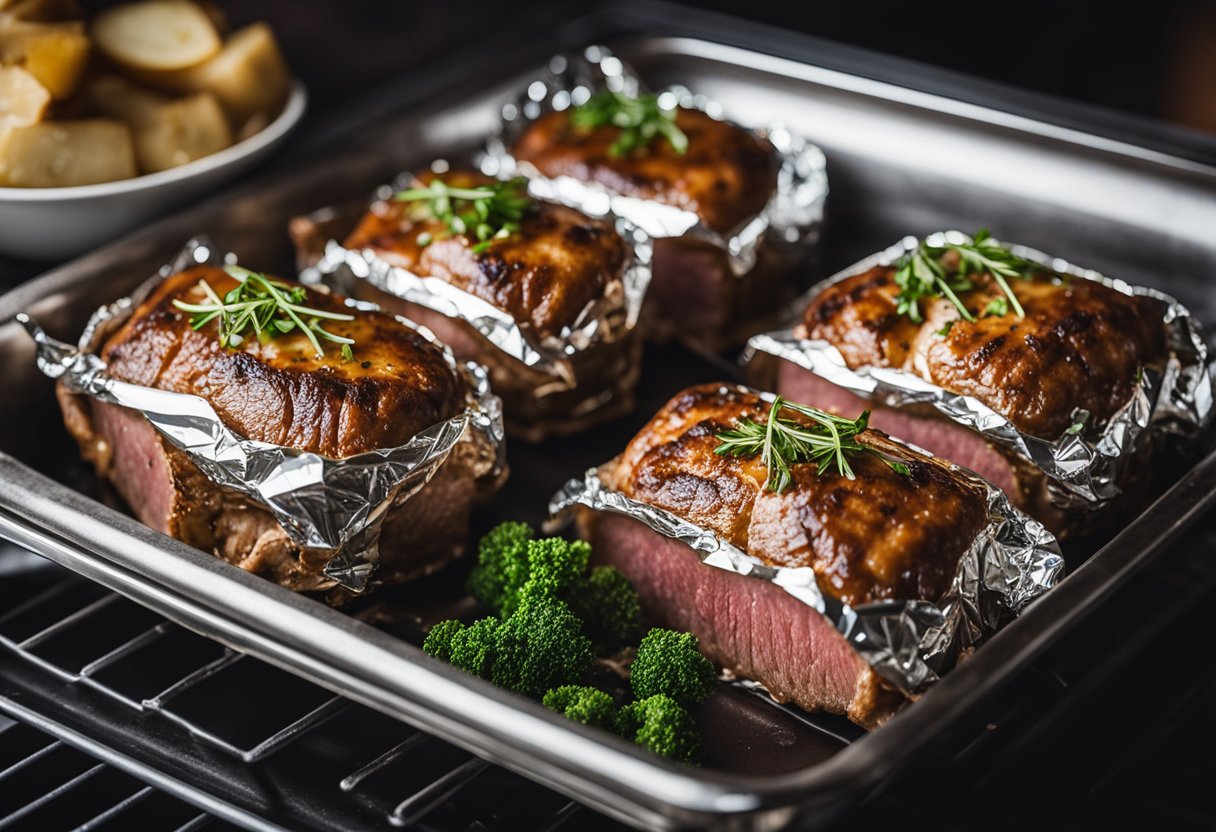
As someone who loves to cook, I always make sure to have some leftover beef tenderloin for the next day. However, storing it properly is crucial to ensure that it stays fresh and delicious.
Here are some tips on how to store leftover beef tenderloin.
No products found.
Refrigeration
Refrigeration is the best way to store leftover beef tenderloin. It’s important to wrap the tenderloin in an airtight container or plastic wrap as soon as it cools to room temperature.
This will prevent any air from getting in and drying out the meat. I prefer to use an airtight container as it keeps the meat moist and fresh for longer.
Freezing Techniques
If you have more leftover beef tenderloin than you can eat within a few days, you can freeze it. Freezing is a great way to extend the shelf life of your leftover beef tenderloin. However, it’s important to freeze it properly to prevent freezer burn.
Here’s how to freeze leftover beef tenderloin:
- Cut the beef tenderloin into small portions.
- Wrap each portion tightly in plastic wrap.
- Place the wrapped portions in an airtight container or freezer bag.
- Label the container or bag with the date and contents.
Be sure to use the frozen beef tenderloin within three months for the best quality.
Overall, storing leftover beef tenderloin is not difficult, but it does require some attention to detail. By following these simple steps, you can ensure that your leftover beef tenderloin stays fresh and delicious for days to come.
Remember to use meat juice or beef broth to keep the meat moist when reheating.
Frequently Asked Questions

What is the best method to reheat pork tenderloin to maintain its tenderness?
The best method to reheat pork tenderloin while maintaining its tenderness is to use an oven or sous vide. Using an oven, preheat it to 250°F (120°C), wrap the meat in foil and heat until the internal temperature reaches at least 140°F (60°C).
This usually takes 10-15 minutes. Alternatively, using sous vide, set the temperature to 130°F (55°C) and heat until the meat reaches the desired temperature.
Can you reheat Filet Mignon in the microwave without losing its quality?
While it is possible to reheat Filet Mignon in the microwave, it is not recommended as it can result in the meat becoming tough and losing its quality. Instead, it is recommended to use an oven or sous vide for optimal results.
What are the steps to reheat pork tenderloin on the stove effectively?
To reheat pork tenderloin on the stove effectively, slice the meat into thin pieces and place it in a skillet over medium heat.
Add a small amount of oil or butter, and cook the meat for 1-2 minutes per side until it is heated through. Be careful not to overcook the meat, as this can cause it to become tough and dry.
Is it possible to reheat steak in the microwave without it becoming tough?
While it is possible to reheat steak in the microwave, it is not recommended as it can cause the meat to become tough and dry. Instead, it is recommended to use an oven or sous vide for optimal results.
How can you use sous vide to reheat Filet Mignon while keeping it moist?
To reheat Filet Mignon using sous vide, set the temperature to 130°F (55°C) and heat until the meat reaches the desired temperature. This method will keep the meat moist and tender, while also ensuring that it is heated through evenly.
What technique should be used to reheat beef tenderloin using sous vide for optimal juiciness?
To reheat beef tenderloin using sous vide for optimal juiciness, set the temperature to 130°F (55°C) and heat until the meat reaches the desired temperature.
This method will keep the meat moist and tender, while also ensuring that it is heated through evenly.


